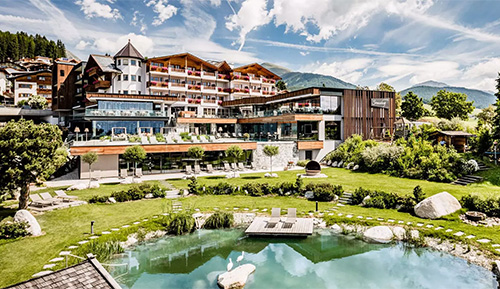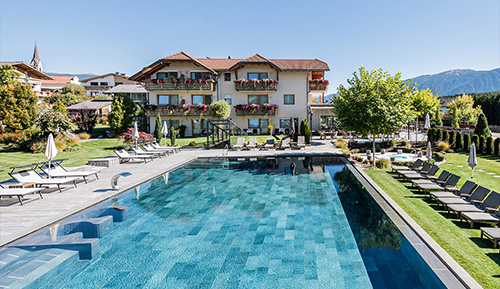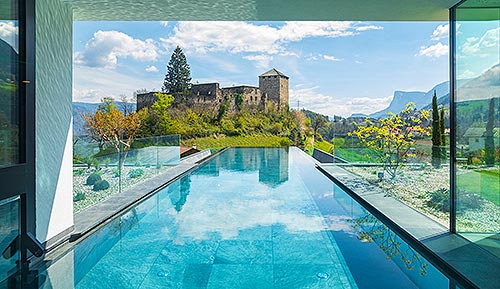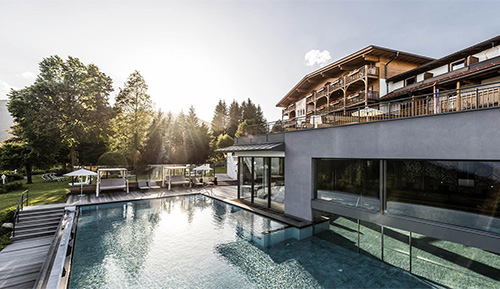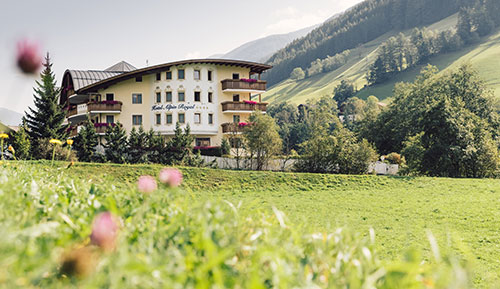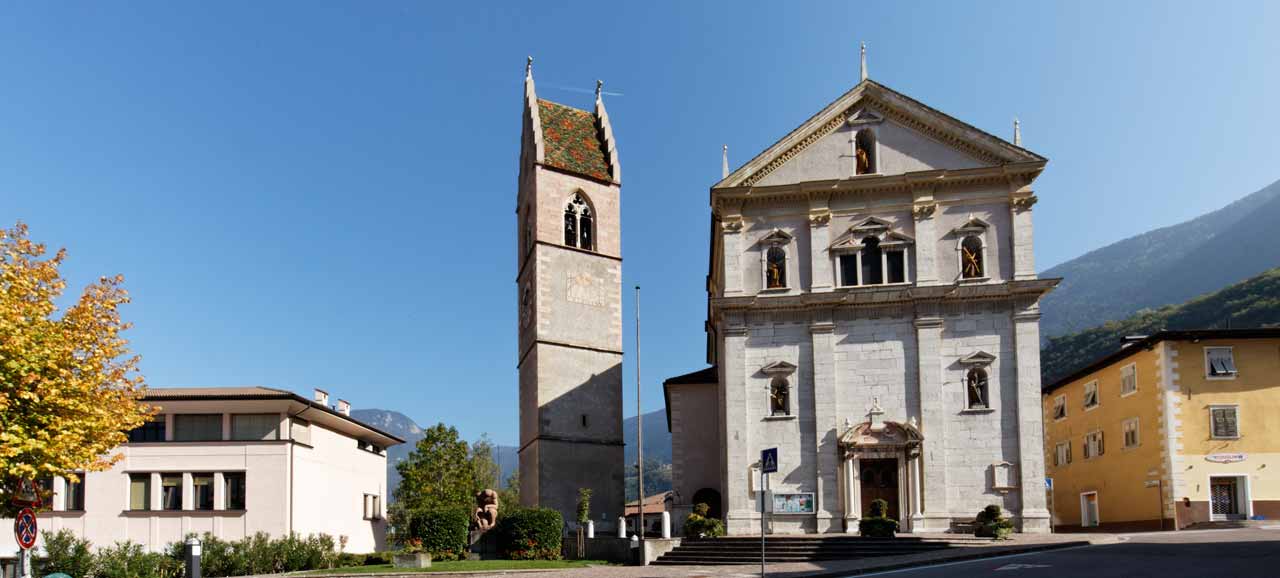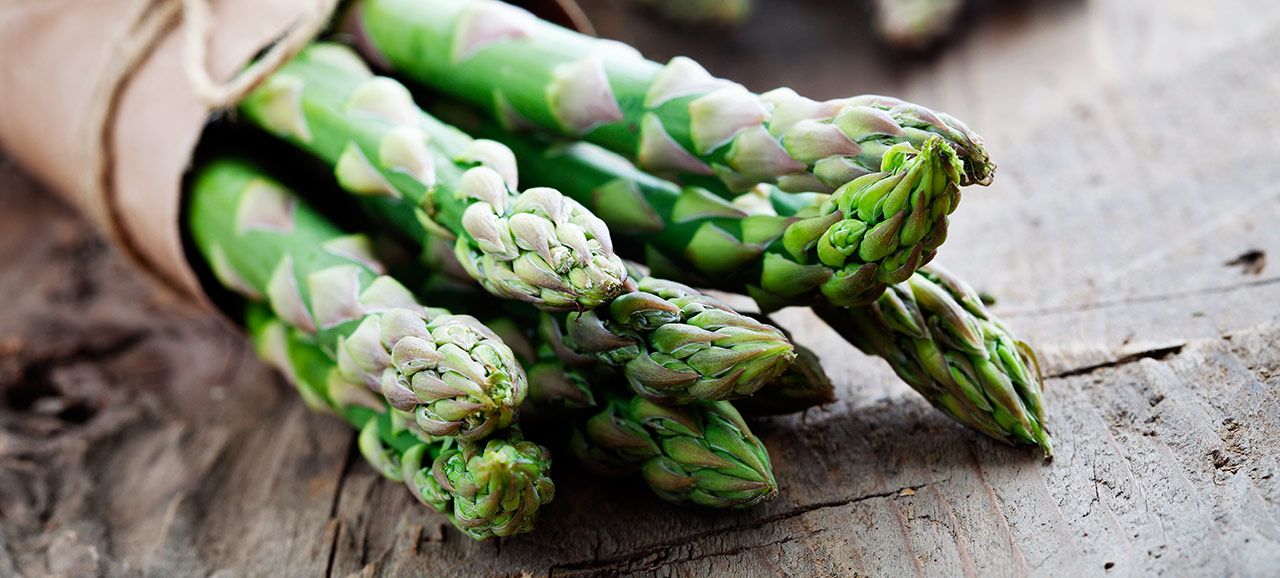Salorno
Salorno is the most southerly village in Bassa Atesina. Together with the Chiusa di Salorno it forms the border between the German and Italian language areas and also the conclusion of the South Tyrol Wine Road. The first settlement of this region has been dated as far back as the Bronze Age and archaeological finds also provide evidence that it existed during the Roman Empire.

The village lies on a rise 224 metres above sea level and includes in addition the hamlets of Pochi and Cauria at a somewhat higher level than the main village. Lordly manors of old noble families dominate the image of the village. The many archways, to which each year at Whitsun a festival is dedicated, are a feature of Salorno architecture.
Salorno was a popular destination in the past in South Tyrol. Famous personalities such as Napoleon Bonaparte, Martin Luther and Albrecht Dürer have stayed here. The last of these came past on his journey to Venice. The well-known "Dürer Trail", which leads to Segonzano in the Trentino, was named after him.
The emblem of Salorno is the Castello di Salorno which sits strikingly enthroned on a cliff above the village. This imposing fortification was constructed in the 13th century. It is now open for visits and also serves as the venue for numerous events. Another popular sight is the Sculpture Garden in Pochi. In the "Garden of Longing" the artist Sieglinde Tatz-Borgogno exhibits over 200 bronze and marble figures, which change in mood with the changing light.

